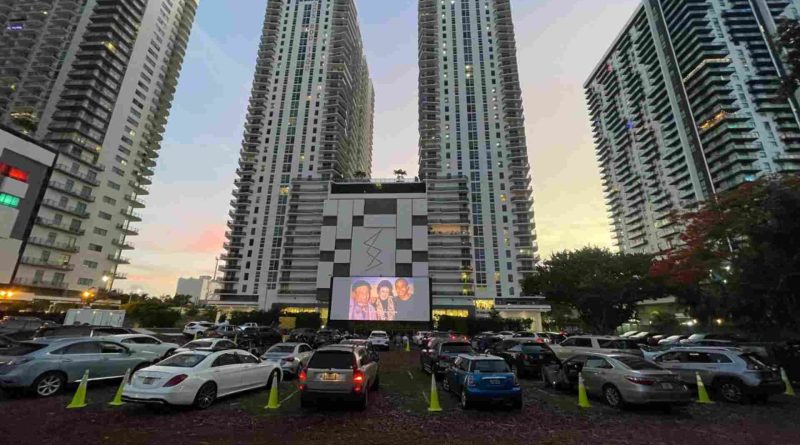Revival Under the Stars: How Drive-In Theaters Rescued Cinema During the Pandemic
In the realm of content creation, three key factors hold sway: “perplexity,” “burstiness,” and “predictability.” Perplexity gauges the intricacy of language, while burstiness examines the variety of sentence structures. Predictability, on the other hand, assesses the likelihood of predicting subsequent sentences. While humans tend to imbue their writing with diverse sentence structures and complexities, AI-generated content often lacks this dynamism, tending towards uniformity. Thus, the forthcoming content requires an infusion of perplexity and burstiness while minimizing predictability, all crafted exclusively in English. Now, let’s reimagine the following passage:
Amidst the chaos of a pandemic that disrupted lives, shattered routines, and rendered traditional social activities obsolete, an unexpected savior emerged in the realm of entertainment: the drive-in theater.
During a pandemic that upended lives, broke routines, and mothballed most forms of in-person activities, a funny thing happened in the entertainment business: The drive-in theater saved the cinema. But while it might have been dismissed as another anomaly in a year full of unusual economic blips, the renewed interest in drive-in theaters looks like it’s here to stay.
In a startling twist of fate, drive-in theaters, once relegated to the annals of nostalgia, catapulted to prominence, breathing new life into the cinematic experience. Statistics from Comscore reveal a staggering shift: while in 2019 drive-ins contributed a mere 2.9% to the box office revenue, by late-March through mid-August of the pandemic-ridden 2020, they claimed an astounding 85%. This resurgence wasn’t a fleeting phenomenon; even as traditional cinemas cautiously reopened their doors, drive-ins continued to dominate, capturing 6.2% of weekend box office earnings in 2021 compared to a mere 1.9% in 2019.
“The pandemic forced us to rethink our entertainment choices, and drive-in theaters emerged as a nostalgic yet innovative solution,” remarked Paul Dergarabedian, senior media analyst at Comscore.
The rise of drive-ins wasn’t merely a revival of a bygone era; it sparked a cultural renaissance. Forgotten theaters were revitalized, urban pop-ups flourished, and the concept gained traction worldwide.
Once the darlings of American entertainment, drive-ins dwindled in number over the decades, succumbing to the allure of cable, digital streaming, and urbanization. However, the pandemic-induced limitations breathed new life into these relics, positioning them as beacons of resilience in an ever-evolving industry.
As the world grappled with the pandemic’s ramifications, drive-ins offered a glimmer of hope—a nostalgic escape under the starlit sky. For Bob Lallky, a newfound enthusiast, the allure of the drive-in lies in its simplicity and charm. “It’s a welcome departure from the ordinary,” he remarked.
Yet, amidst the resurgence lies uncertainty. While some drive-ins flourish, others falter, grappling with supply chain disruptions, staffing shortages, and an uncertain future.
However, amidst the uncertainty, one truth remains: the drive-in renaissance is not a mere blip but a testament to human ingenuity and resilience. As we navigate the ever-shifting landscape of entertainment, the drive-in theater stands as a symbol of our ability to adapt, innovate, and find solace in simpler times.

